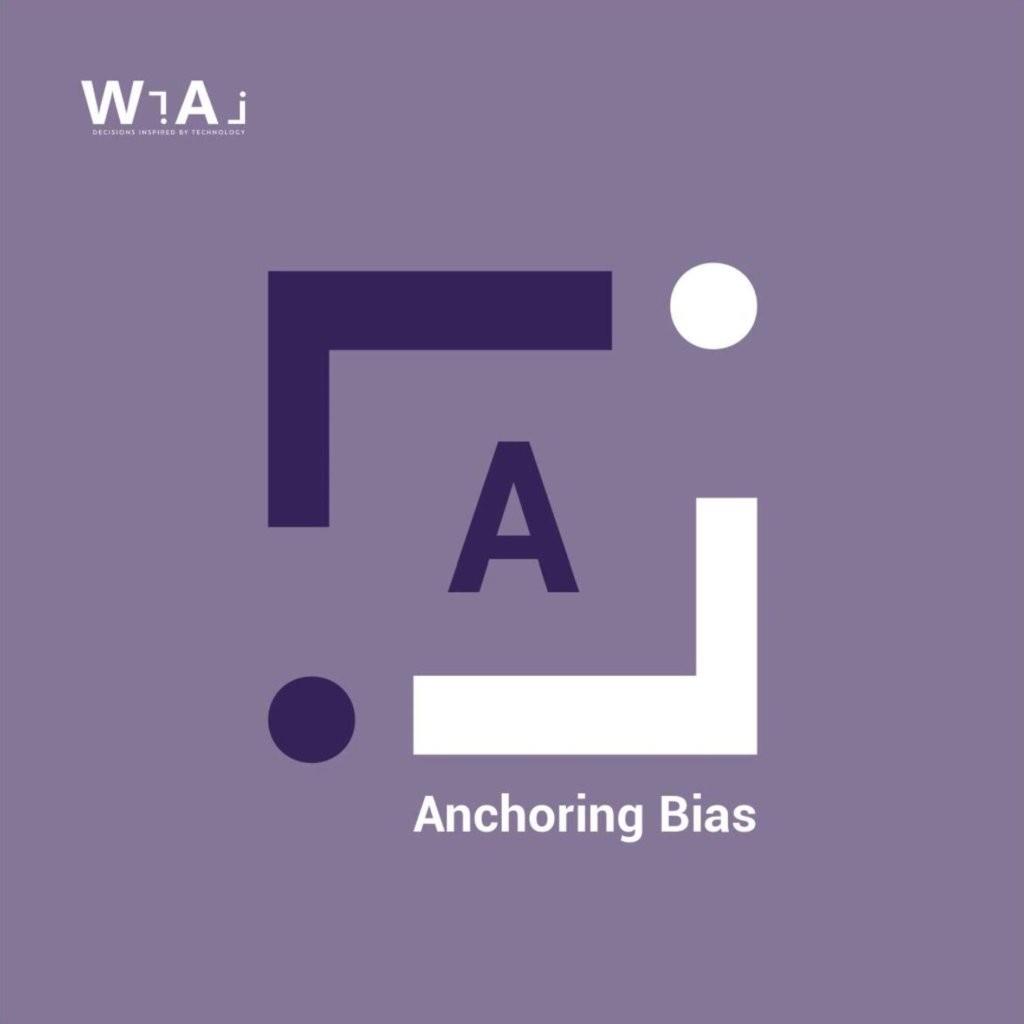As a Director or Senior Manager of a financial services provider, you may well have encountered the frustration of watching customers ignore significant data about their investments, such as overall profitability or growth, before making decisions about them. The decisions made tend to be sub-optimal, leaving you with dissatisfied (and sometimes complaining or departing) customers.
Instead, they may focus their attention entirely on one specific data point – for example, the original cost.
It can be perplexing to see customers hang on to faltering funds or other products, convinced that they are “worth” the original purchase price and that it would be a mistake to sell before the investment returns to its “real” value. They may even irrationally retain plummeting investments when there is little hope of recovery, and thus make an even greater loss, rather than “cutting their losses” and pursuing a suggested new strategy.
Why do they do this? There is no single explanation. However, it may be due to a cognitive bias known as “Anchoring Bias”.
“Anchoring” is where one specific piece of information (often the first piece received) is relied upon to make a decision to the exclusion (or diminution) of other data relevant to the decision-making process. It is a common phenomenon in financial decision making. However, it is equally relevant in everyday life.
For example, a menu may lead with a few very expensive wines before listing more affordable ones. The idea that wine is really as costly as the first few items is the anchor. In retailing, a sale price may be expressed as: “Was £99.99, now reduced to £59.99”. The suggestion that the item is worth nearly £100 is the anchor. In a few words, we are hooked, anchored to the deal.
Whilst Anchoring Bias may appear to be just a weapon for the unscrupulous sales person, it does have a practical purpose. It occurs to reduce the amount of cognitive load placed on our brains. It’s supposedly there to help us come to a more “manageable” decision based on limited information. However, by causing us to base a decision on limited information, even when more (and possibly better) data is available, the “anchor” can have a negative effect on the outcome of the decision.
This is why it pays to talk to Wi-Ai. We work closely with financial service providers, helping them to equip customers with access to powerful behavioural finance software tools. These can help your customers identify and manage Anchoring Bias or any of a number of subconscious biases that may skew decision making. In turn, this supports your customers in making considered and potentially more profitable decisions – for them and also for you.
Get in touch via [email protected] to arrange a conversation.


